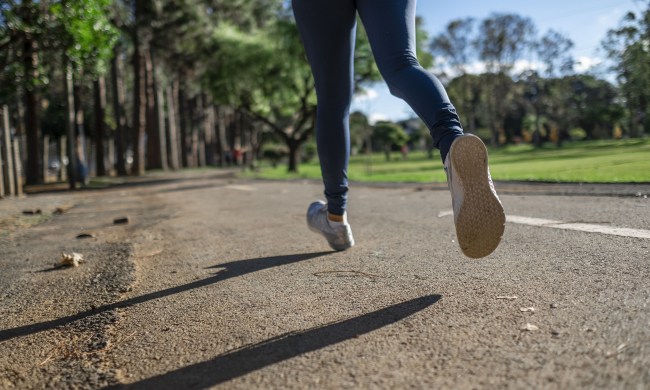We generally take breathing for granted since, for the most part, it’s an automatic function, like circulation and digestion. We tend to become more conscious of our need for air when it is restricted — like when we’re underwater.
However, when you feel like you are underwater — figuratively speaking — focusing on your breath can help reduce stress, focus your thoughts and help you relax. In fact, the National Sleep Foundation recommends deep belly breathing if you’re struggling to go to sleep.
One way to focus on this function is to try box breathing — a technique commonly used by Navy SEALS today, though its origins date back centuries.
What is box breathing?
Box breathing is also known as square breathing or Sama Vritti Pranayama in yoga. It involves inhaling slowly and deeply, temporarily holding your breath, and slowly exhaling with each step of the process taking an equal amount of time.
Retired Navy SEAL Mark Divine, who founded the fitness and mental toughness training program SEALFIT, has recently helped to popularize the method. Divine spent more than two decades in the military and says his special operations team used box breathing to reduce stress in high-pressure situations. However, it has existed in Indian culture since about the fifth century and has been a fixture in Ayurvedic practices, a natural medicine approach that includes yoga and meditation.

What are the benefits of box breathing?
Square breathing, like many breathing exercises, can help you both mentally and physically. It’s an accessible tool because it’s free, simple, and nearly anyone is capable of doing it. Here are some perks you may experience by performing breathing exercises:
- Better mental health. One 2015 study found breathing was an effective first-line and supplemental treatment for anxiety, depression, and stress. A 2012 experimental study suggested deep breathing aided in relaxation and mood regulation.
- Enhanced concentration and memory. When we’re stressed, it’s easy to allow our minds to wander. Bringing attention back to the breath can help us refocus on the task at hand. A 2014 study indicated counting breaths helped people improve their memories and reduced mind-wandering, and another from 2016 concluded it bolstered cognitive function.
- Lower blood pressure. Stress can cause our blood pressure to spike, which increases the risk of stroke and heart attack. A 2019 study found nostril breathing exercises helped patients with hypertension.
How to do box breathing exercises
Square breathing is a five-step process that you can practice anywhere, any time. That said, doing it in a quiet spot may help you focus on your breath. You may also find a dark room peaceful. Here’s how to perform a box breathing exercise:
1. Shut your eyes. Inhale slowly through your nose as you count to four. Focus on your counting and the sensation of air entering your lungs.
2. Hold your breath for a count of four. Don’t force it, as you may do when passing a smoky area on a walk. Try to remain at ease. Remind yourself that it’s only four seconds.
3. Exhale slowly as you count to four. Notice how it feels as the air leaves your lungs.
4. Hold your breath again, remaining relaxed, for four seconds.
5. Repeat as necessary. Often, experts say to repeat the process at least four times, though even one time may help soothe you during a stressful moment.
Try to engage in this exercise at least once per day and when you need to reduce stress.

Are there any risks to box breathing?
This breathing technique is a low-risk way to improve your mental and physical health. It’s normal to feel a bit lightheaded or dizzy when you’re just starting. You may not be used to inhaling and exhaling so deeply or even holding your breath for a short period of time. However, if you suffer from dizzy spells often, speak to your doctor before starting with this practice. If you consistently feel lightheaded while engaging in deep breathing exercises, it’s another sign you should speak with a professional.
Square breathing can be useful, but it may not be a cure-all. If you’re struggling, other treatments, such as therapy, may help in conjunction with breathing exercises.
Nearly anyone can benefit from box breathing, particularly people who are chronically stressed. The exercises can reduce blood pressure and put you in a calmer, happier mood. Try engaging in square breathing daily and repeating the cycle four times. There are many different ways to treat stress, and you may need to combine a few to achieve the results you want. Box breathing may be a useful practice to add to your self-care tool kit.
BlissMark provides information regarding health, wellness, and beauty. The information within this article is not intended to be medical advice. Before starting any diet or exercise routine, consult your physician. If you don’t have a primary care physician, the United States Health & Human Services department has a free online tool that can help you locate a clinic in your area. We are not medical professionals, have not verified or vetted any programs, and in no way intend our content to be anything more than informative and inspiring.



